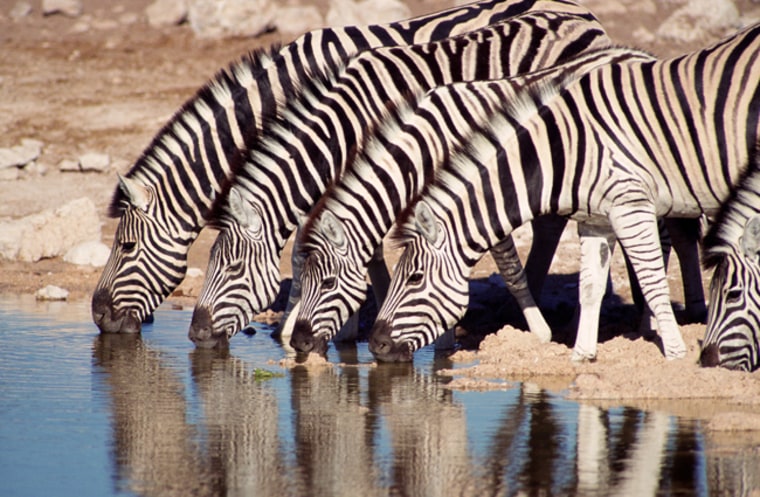Finding animals in the wild to study their behavior is still done with old-school methods. Field ecologists must first locate individual animals — usually visually or through genetic information found in excrement — and manually note their behavior over time, comparing it to other animals.
A new imaging technology could help automate this.
A team of computer scientists and biologists have developed a barcode-like scanning system called Stripespotter that automatically identifies individual zebras from a single photograph. The system is more accurate than other image-recognition programs and could be used on additional animals with stripes, such as tigers and giraffes.
On top of that, it's simple to use. Ecologists in the field take pictures of the animals using an everyday digital camera. That image is uploaded to a Stripespotter database. The scientist highlights a portion of the photographed animal, such as its hindquarters, and the program analyzes the pixels in that portion and then assigns a "stripecode" to the animal. When additional images of zebras are uploaded to the database and the hindquarters highlighted, the Stripespotter program compares the stripecode with others in the system. If it finds a match, it provides feedback about why two images of an animal are similar.
In their research paper, the scientists report that the benefits of this system are:
It's tolerant of different sizes of animals in the images, exposure and mild perspective skews. It can be applied to any animal that has a coat with distinct markings. It provides feedback to the user about matching results.
The researchers will present their findings at the International Conference on Multimedia Retrieval in Trento, Italy, later this month.
